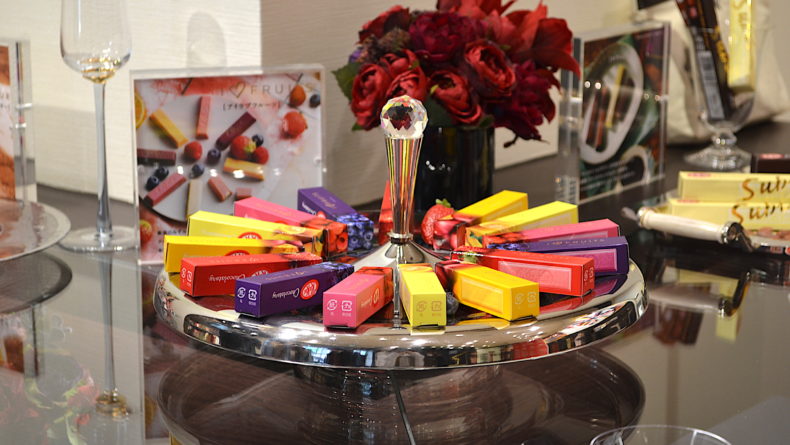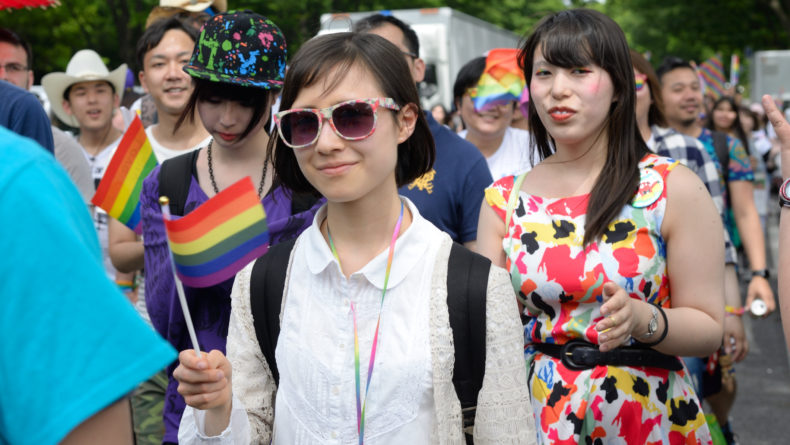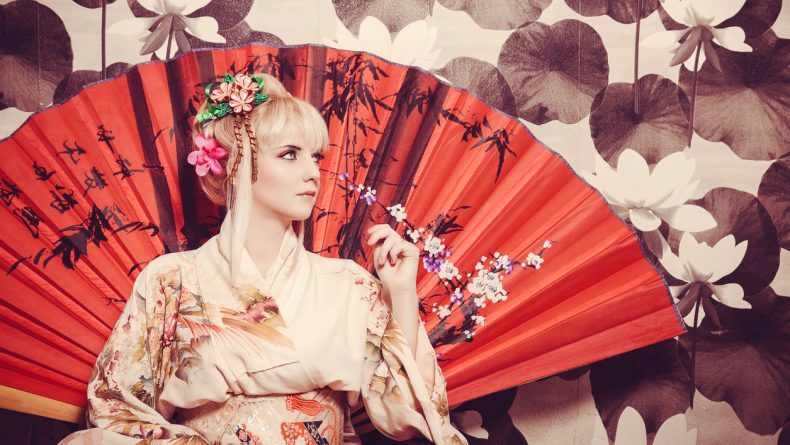Celebrating Valentine’s Day in Japan
Lovingly Made Chocolates & Impractical Magic
The so-called "female arts" of cooking, decorating and witchcraft take center stage when Valentine’s Day in Japan rolls around.
Shops in Japan are really on top of their holiday displays. As soon as the clocks strike 9:30 p.m. on Dec. 25, the Christmas trees turn into New Year’s decorations. These then change to oni (demon) masks faster than you can say mamemaki (bean throwing) for Setsubun. If you regularly shop in places like Loft or Tokyu Hands, you might have noticed another display slowly taking over retail spaces: Valentine’s Day! Celebrated on February 14th, like other places in the world, during the weeks leading up to Valentine’s Day in Japan, you’ll see rows and rows of gift boxes, wax paper, ribbons and the like in every shade. Plus, there are veritable mountains of chocolates, sprinkles and other ingredients to tease over eager crowds of women.
The Three Main Kinds Of Gifting Chocolate
 © Photo by iStock: digihelion
© Photo by iStock: digihelionValentine’s Day is celebrated differently in Japan than in most other countries. Here, women prepare chocolates or other sweets for the object of their affection. They may even prepare some for other important people in their lives.
Giri Choco (Obligatory Chocolates)
Giri choco is the term for chocolates given out of obligation to others. They are usually store-bought and, while quite nice, not something to get very excited over. Many women give these to their male co-workers, bosses and even their fathers and brothers.
Honmei Choco (True Love Chocolates)
Honmei choco is only given to your crush, boyfriend, husband or someone to whom you want to confess your love. These tend to be homemade but can also be purchased at luxury chocolate shops, high-end department stores, or even imported.
Tomo Choco (Friendship Chocolate)
Tomo choco is short for 友達チョコレート (tomodachi chokore-to; “friendship chocolate”), so it’s the sweet gift you’d give to your most beloved besties! These can be either bought or homemade, it’s up to you. Some friends with partners may even choose to make their honmei choco together while also making each other a tomo choco for fun too.
What Do The Men Do In Return?
 © Photo by iStock: kazoka30
© Photo by iStock: kazoka30Well, you’ll have to wait until next month to see a return—specifically, March 14th or White Day. If you aren’t careful, it can be a nerve-wracking wait.
Coming from a country where Valentine’s Day is a reciprocal holiday, I was at first appalled by this practice. After having lived here for so long, though, I do see the appeal—especially after having made more Japanese female friends. It’s fun to really get creative and put effort into making something for someone that you love or to whom you want to express your feelings—in fact, it can be quite therapeutic (as long as the feelings are mutual).
Cooking, Decorating & …Witchcraft?
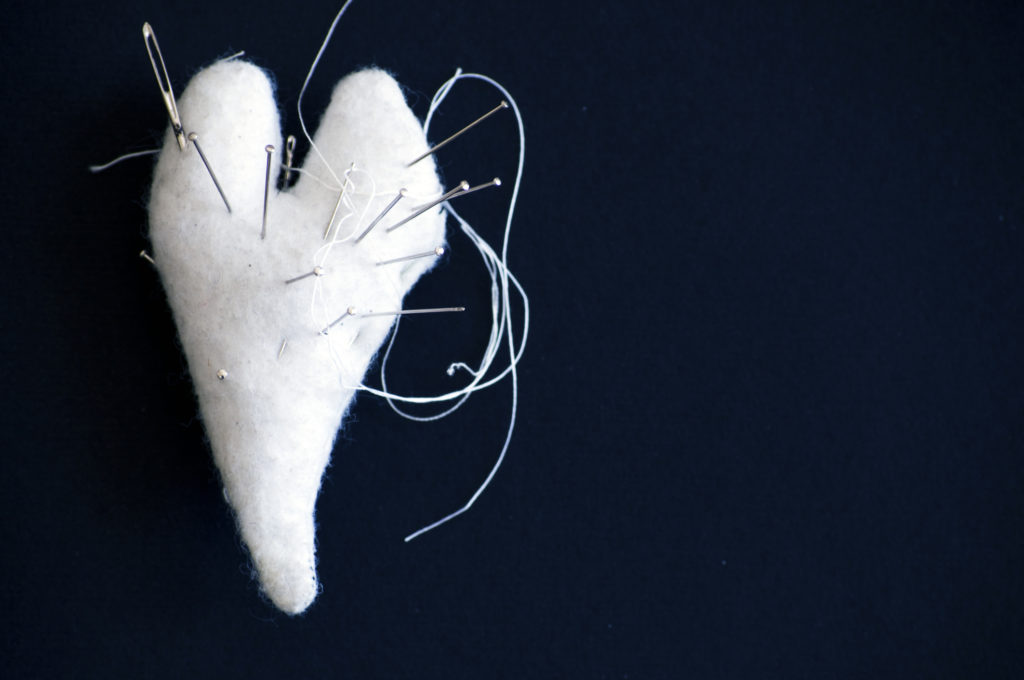 © Photo by iStock: MarcelloGoggio
© Photo by iStock: MarcelloGoggioWhether you’re a gourmet chef or someone who can scald water, there are honmei choco recipes and kits aplenty. Wherever you look from mid-January onward, cacao is front and center. Cooking is the relatively easy part.
Decorating is a slightly harder step to master. You want the perfect balance of form and function for your perfectly prepared sweets. Your darling’s favorite colors, the appropriate size parcel and a balance between your “feminine senses” and their “machismo” needs to be accomplished. That’s a tall order for some bits of paper, ribbon and foil to handle!
This brings us to the third—and most fascinating—part: witchcraft.
Whether you believe it or not, in recent years, many Japanese women seem to have resorted to the magic arts (of both white and black varieties) in order to give their homemade bonbons that extra edge. I’m not exaggerating: women that I know—and men who have felt confident enough to share their experiences with me—have shown me:
- Chopped up hairs
- Herbal love potions
- Blood (!)
- Torn-up pieces of fortunes from love shrines
These are mixed into various desserts and chocolate items. Unsanitary and disgusting as it may be, these were prepared with the purest hope of falling in love or keeping someone’s love, which is somehow sweet—except for the blood part. That was horrifying! If you are planning to make your own honmei choco, I can’t recommend the “witchcraft” side of things in good conscience. So, please try to take this part of the information in with a grain of salt.
Slavish Displays of Affection: A Cautionary Tale
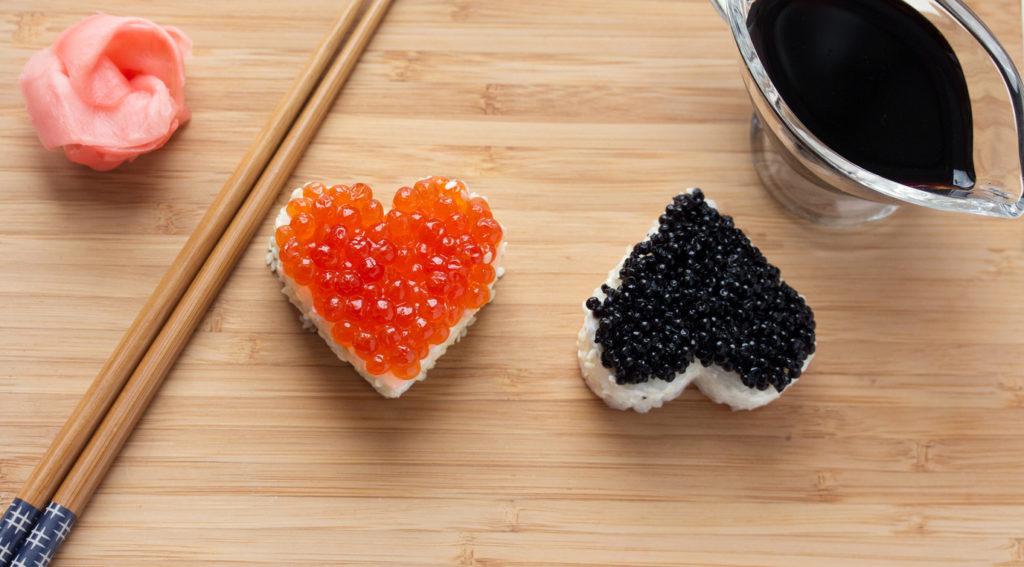 © Photo by iStock: oxyzay
© Photo by iStock: oxyzayIf the gentleman you have been seeing up until now is suddenly asking a lot of questions about what you’re doing for him for Valentine’s Day in Japan or acting more affectionate than usual, there are two possible reasons for his behavior:
- He just really likes Valentine’s Day and can’t wait to see what you will make him.
- You’re dating what I call a “Quarter Man”! These are commitment-phobic men who stick around in a relationship for about three months in order to reap the benefits of the holiday season while avoiding the times when women want something in return. So, no White Day or April “new spring together forever” plans. They plot a mad dash for freedom from the 15th of the month onwards—storing away your affection like a gold-hoarding dragon in order to get him through his single period before the summer dating season starts.
In The First Case
Go ahead and blow his mind! Go all out, do whatever you want to impress your man and you will be pleasantly surprised next month. You can usually tell this is the case by paying attention to the details: Has he always had a sweet tooth? Does he talk about Valentine’s Day specifically, rather than just what he wants? Does he ask about the holiday in your own country? If it’s equally about you and his quest for a sugar high, then you needn’t worry too much.
In The Second Case
I’m sorry. You don’t deserve that and he’s a nasty, vile creature that is beneath someone as lovely as you are. No matter what you do, he won’t stick around because he doesn’t want to reciprocate come White Day. It’s not your fault for falling for someone like that. I’ve done it. Women smarter than me have done it and it happens. Just don’t let it make you bitter.
If you are single this Valentine’s Day in Japan, I strongly recommend heading to your nearest variety goods shop or department store and raiding their chocolate selection, getting a nice bottle of your plonk of choice and binge-watching your favorite movies or J-dramas alone or with some like-minded friends—celebrate Galentine’s Day instead!
Do you have any special plans, flashbacks of strange encounters or tips and advice for women on Valentine’s Day in Japan? If so, let us know in the comments below!












